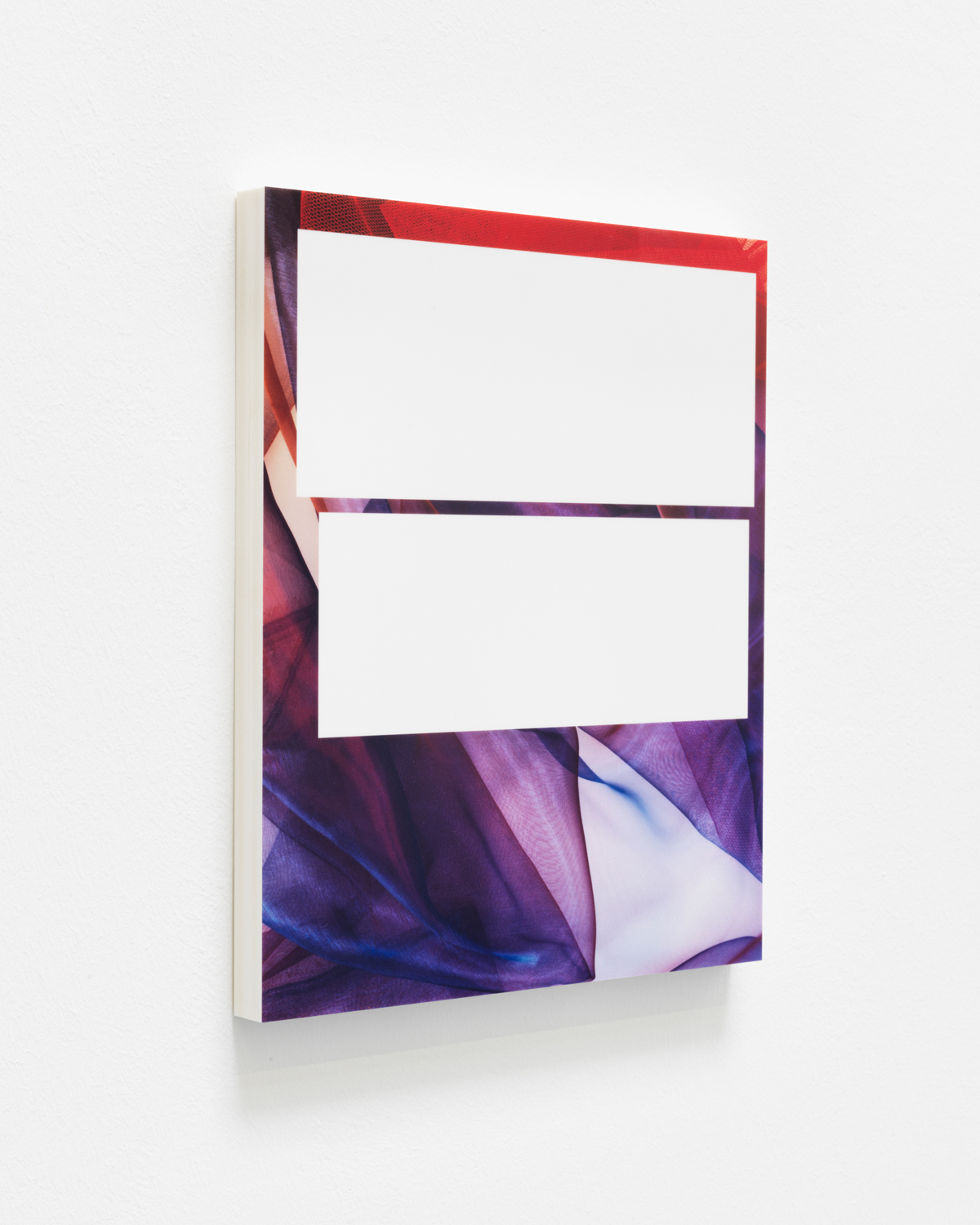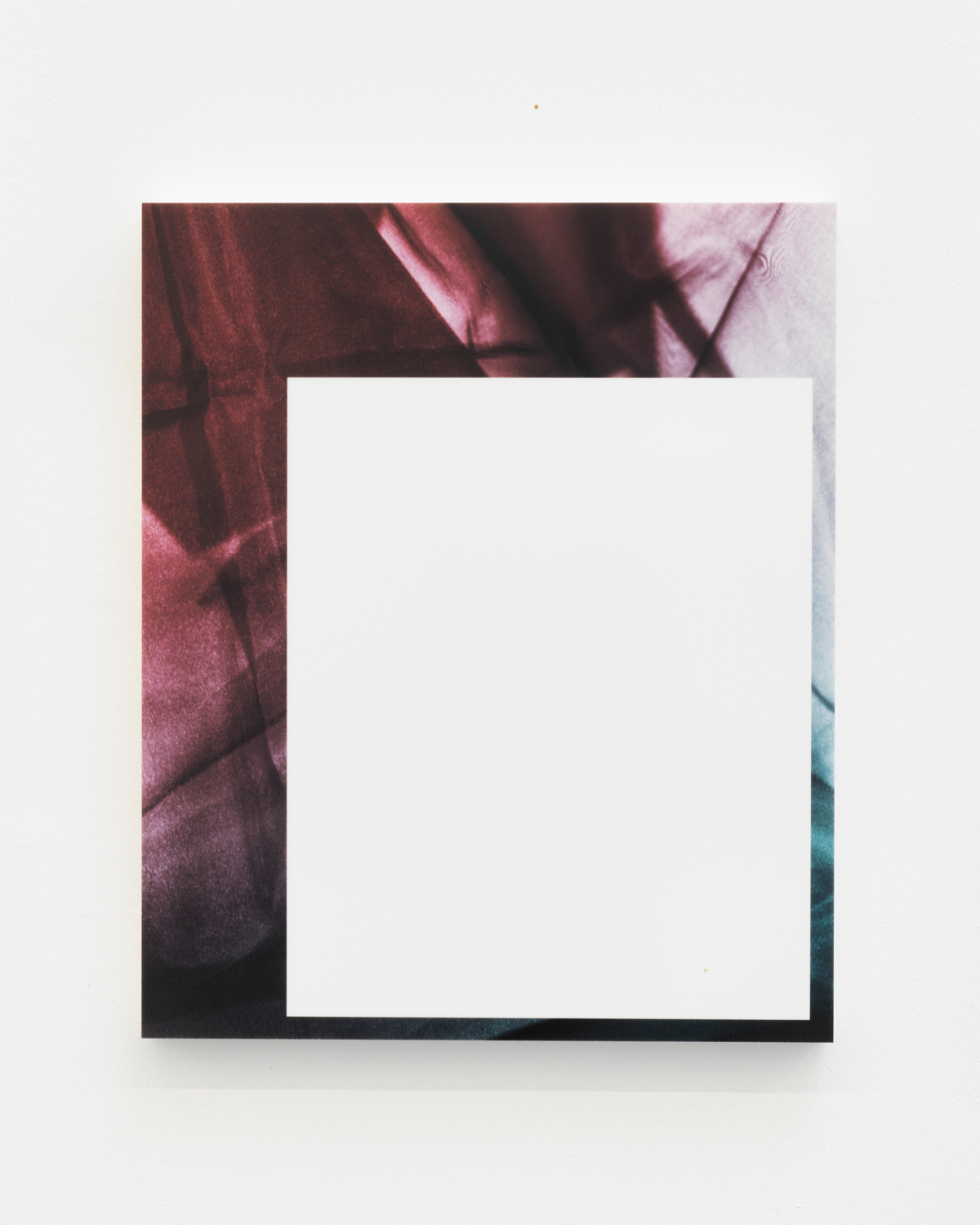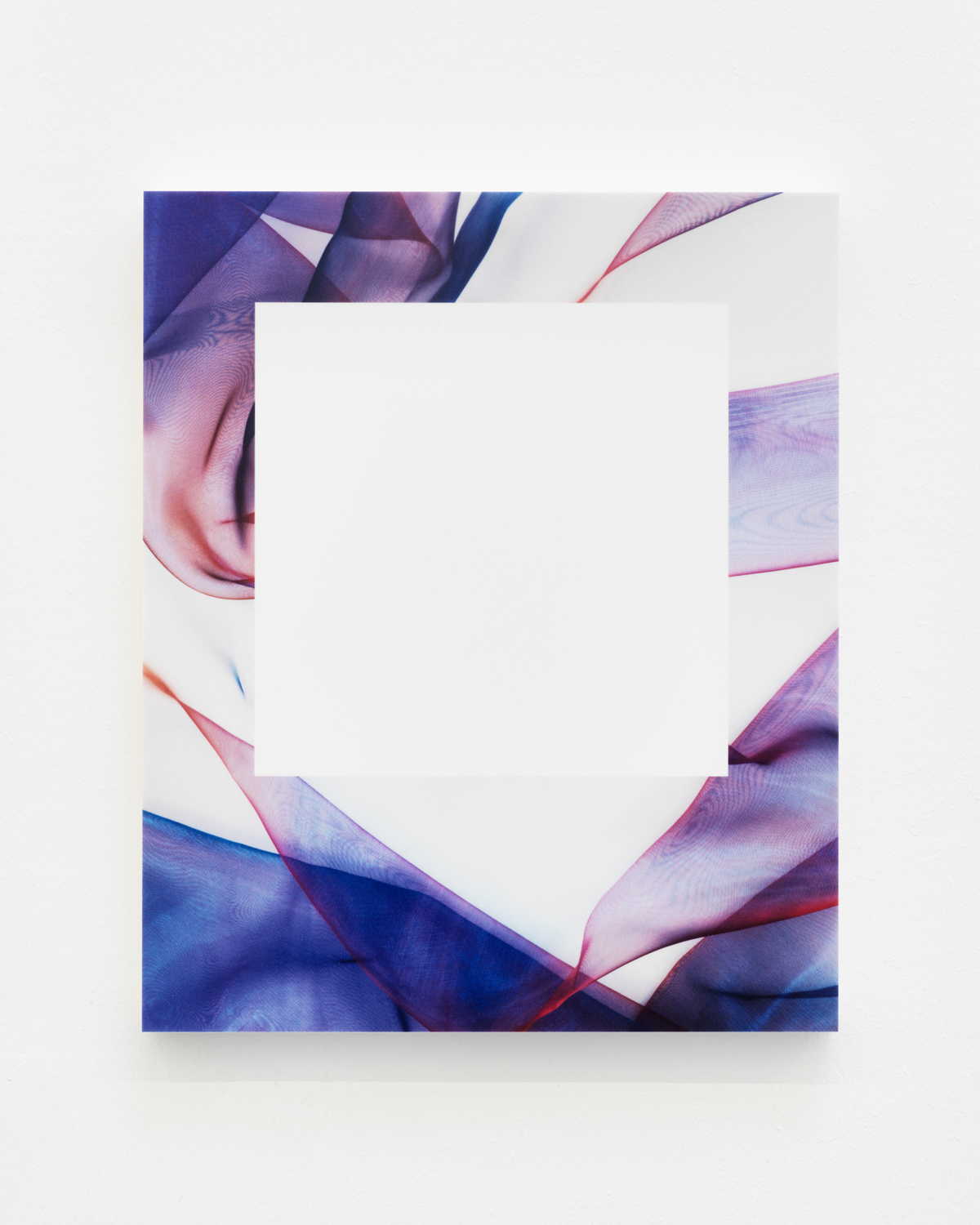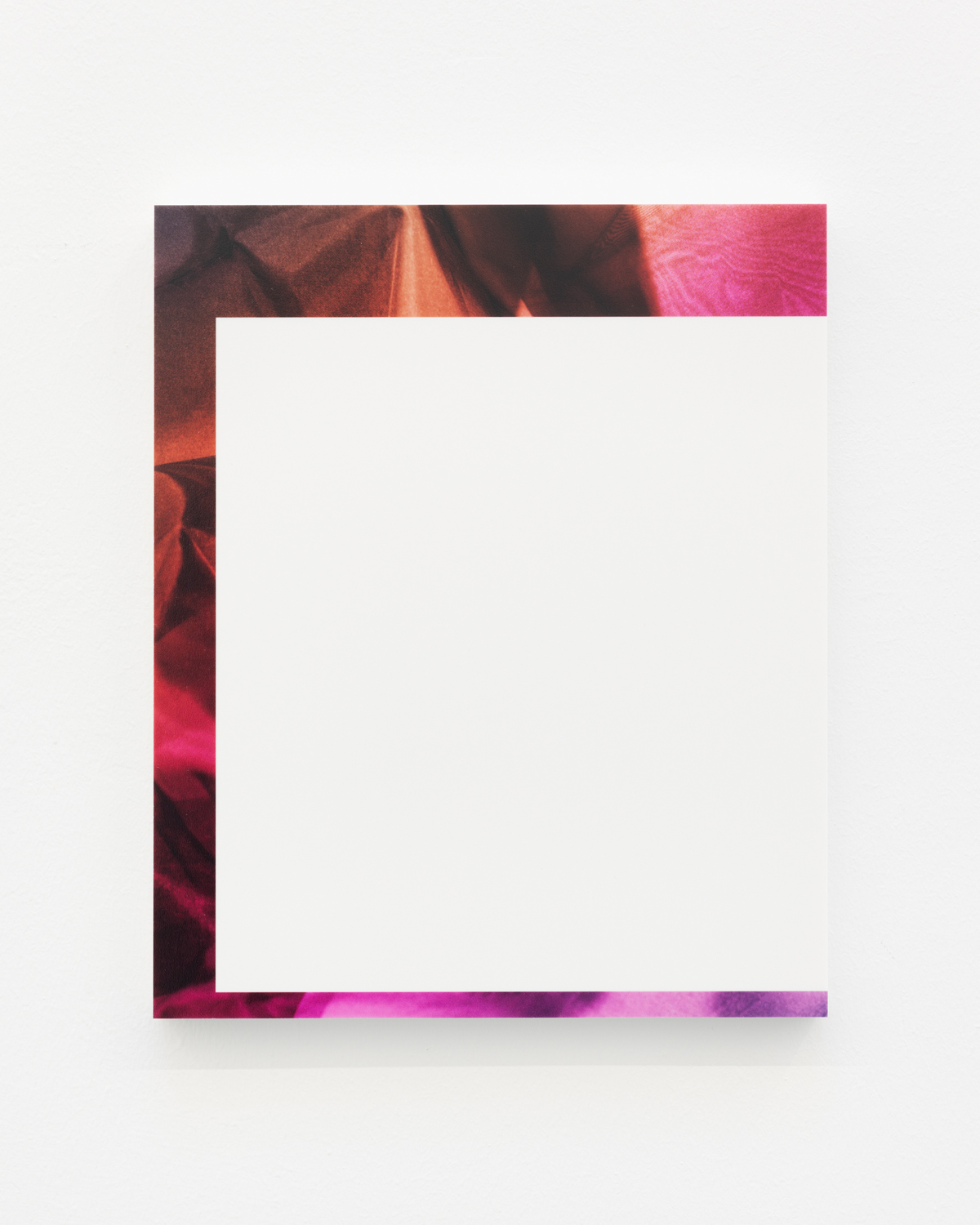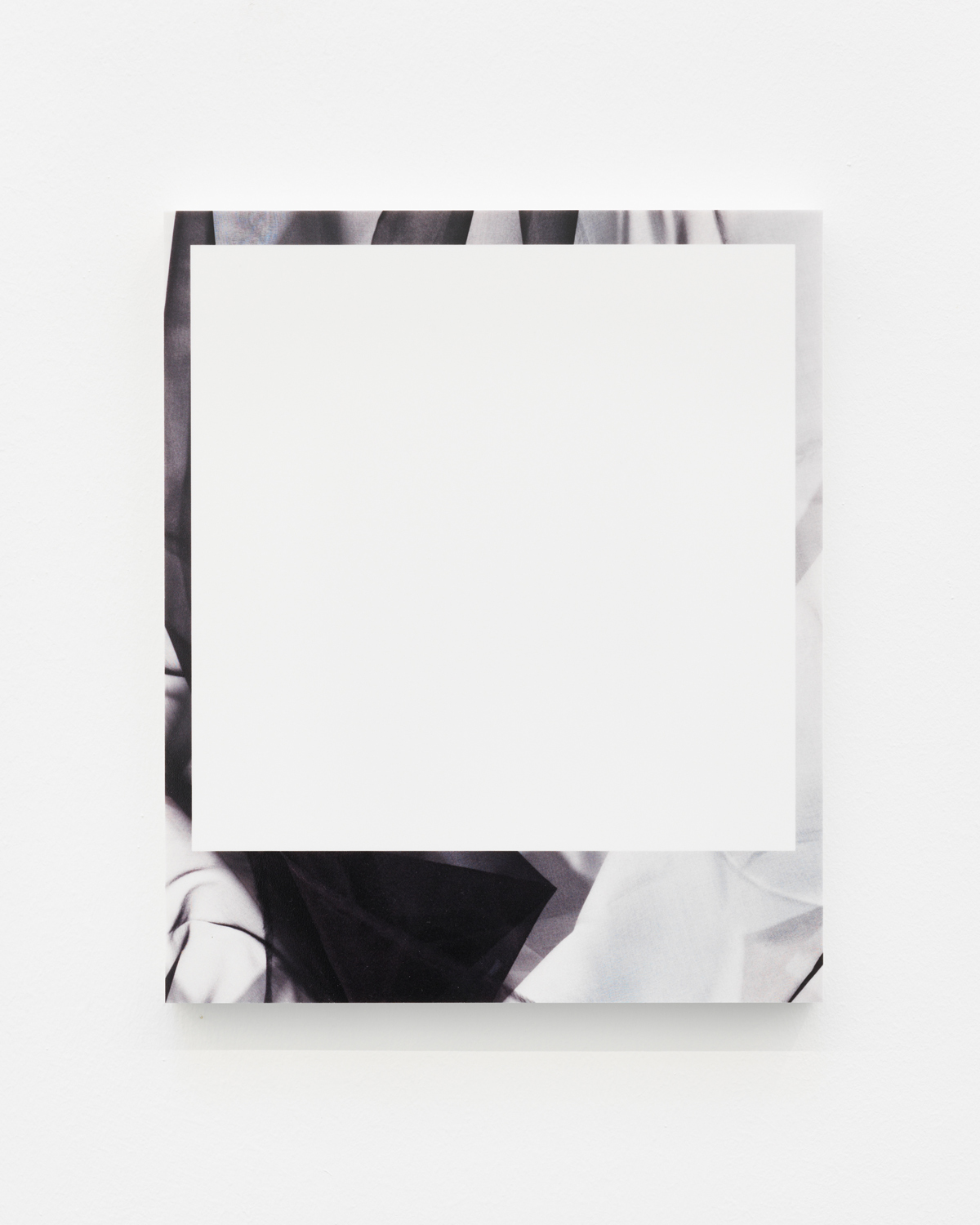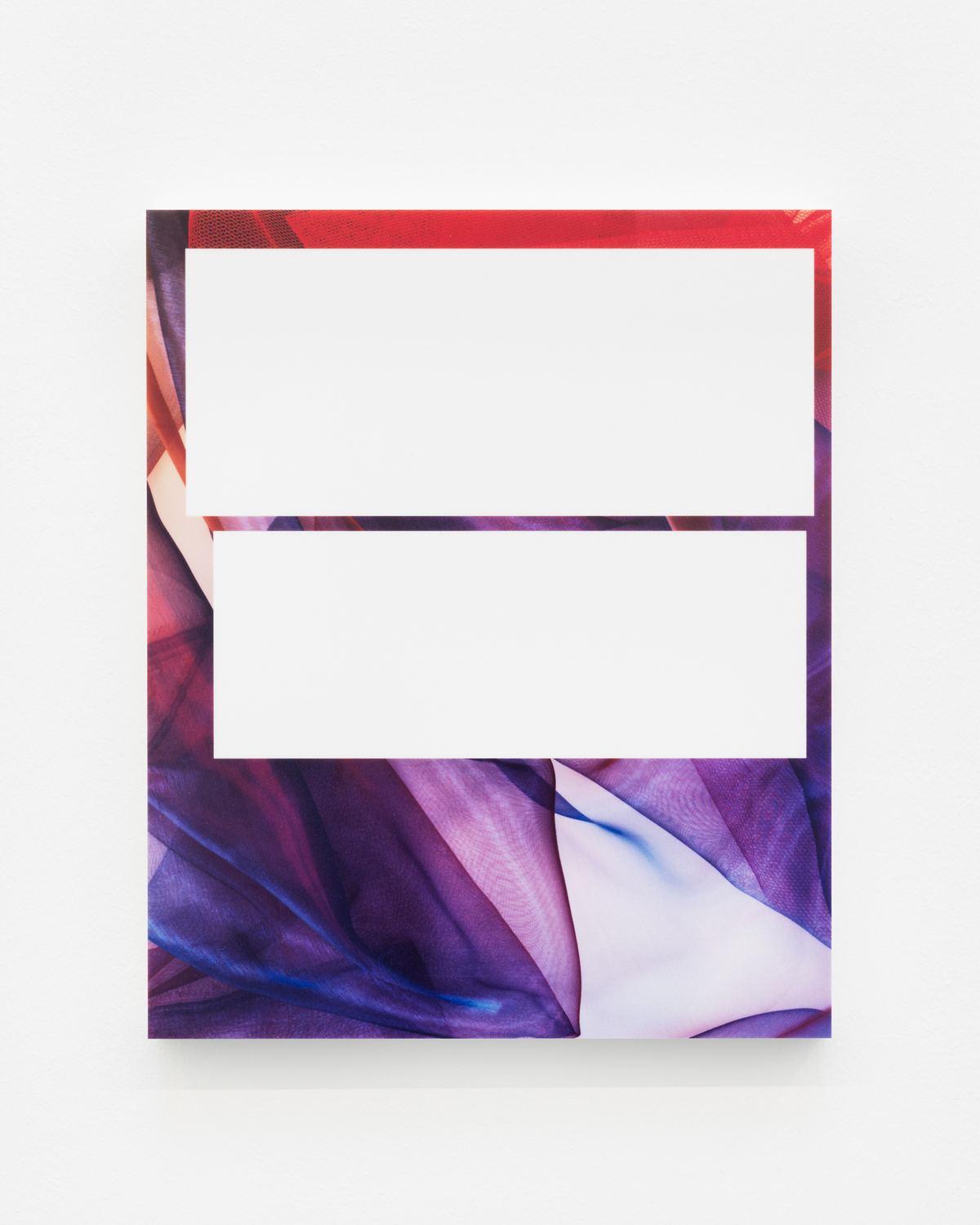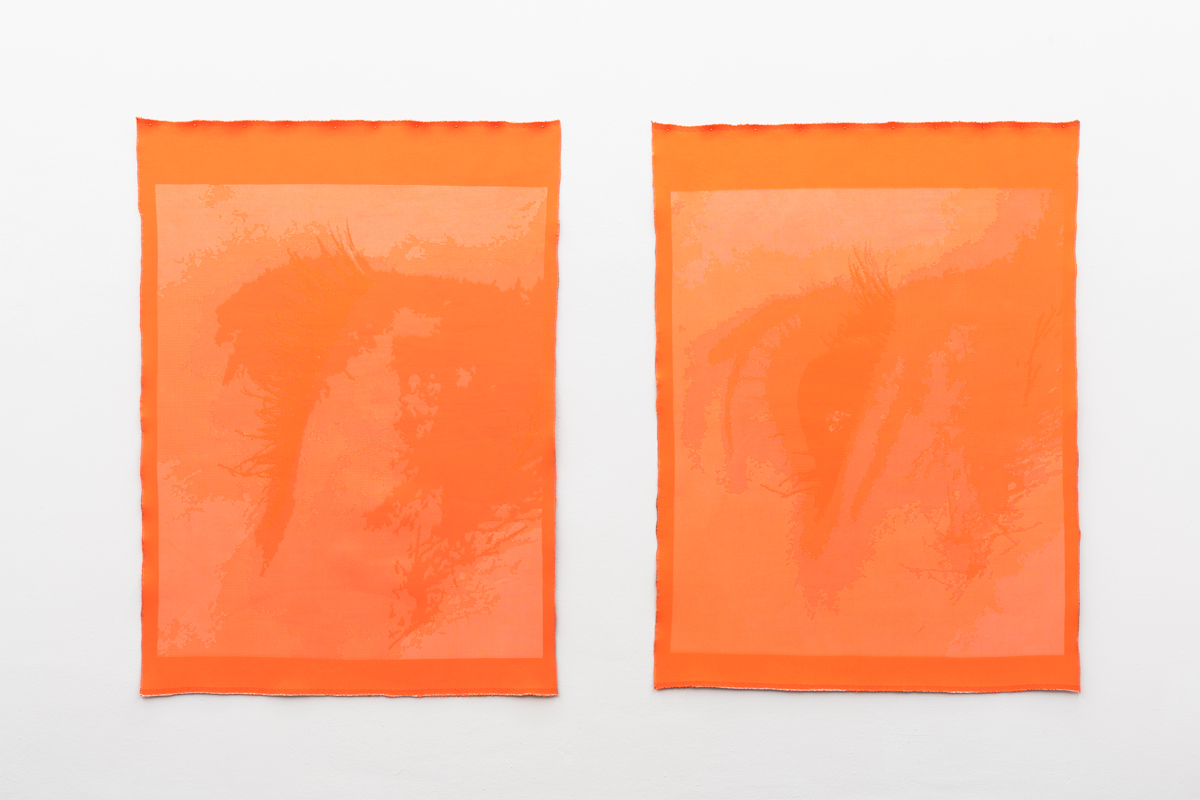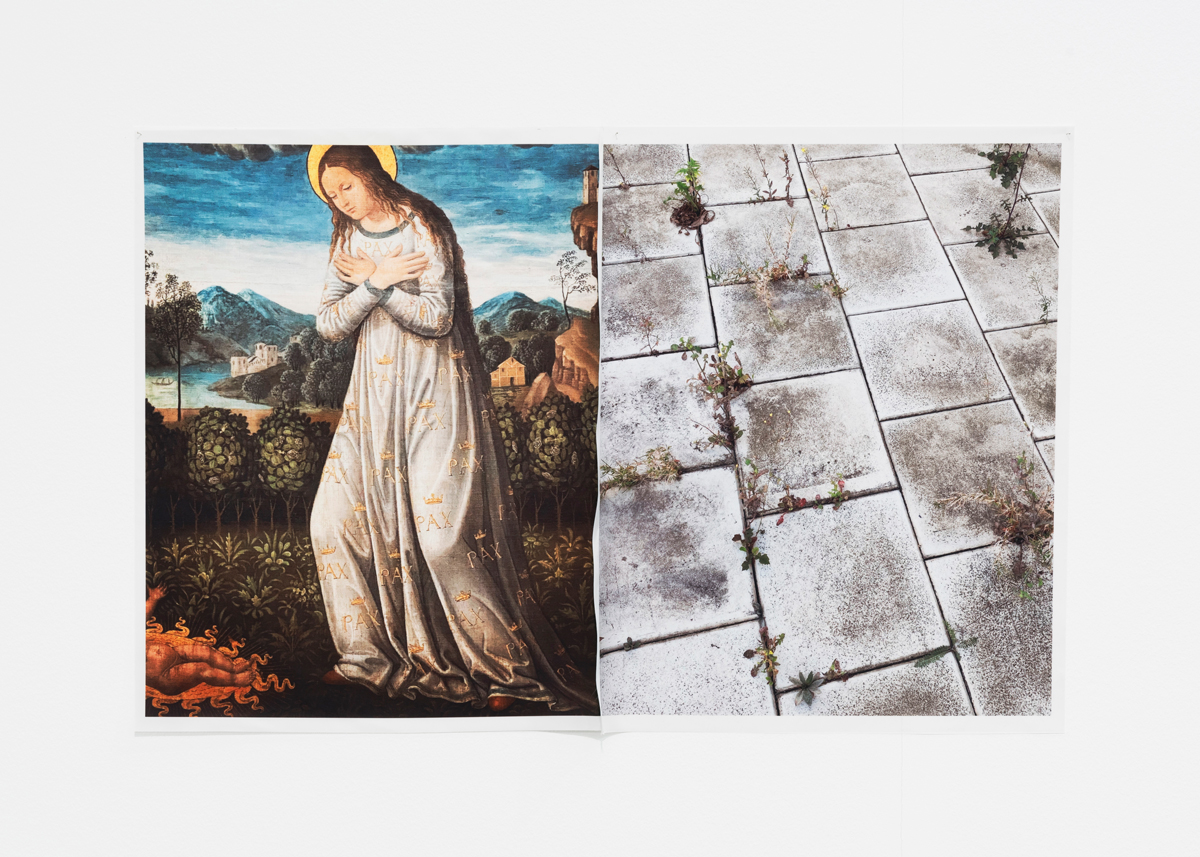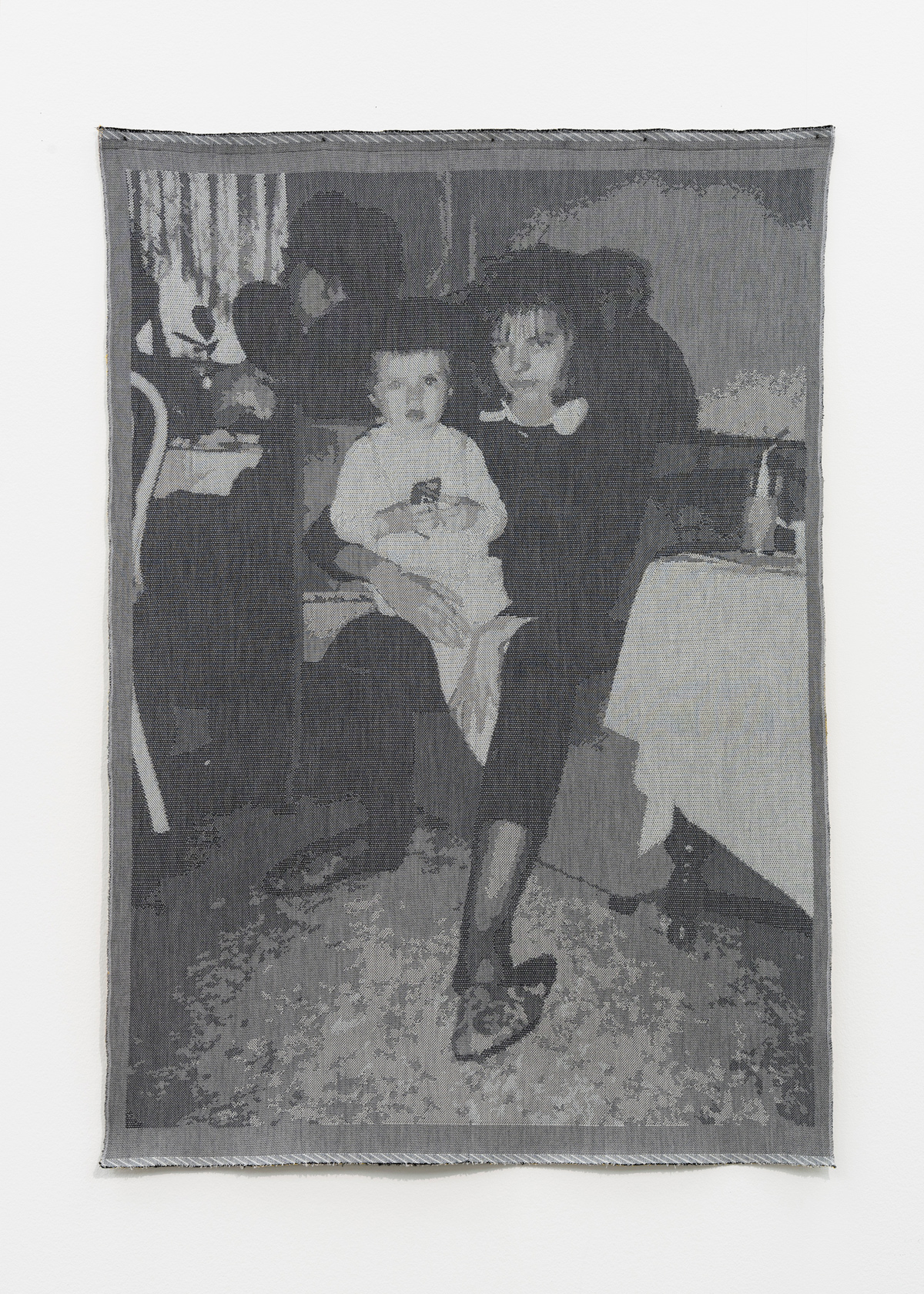In the Light of the Manipulator by Oliver Tepel
The darkroom once held alchemical secrets, an image appeared on pale paper out of nothing. Its developing process was subject to many uncertainties, and the result proved intractable as a marble sculpture. Photographers liked to stress that their medium was no more than reflected and filtered light. In a split second, the intangible became the immutable. What magic!
Even today, photography draws on light as its primary source. Yet the subtle backlight of a monitor – a glow that lends all images a certain Jeff Wall effect – has also cast light on the once dark process of image development. Buttons, grid areas, saturation, curves, a sea of digital controls and assistance, a reality as intangible as light, makes even the tiniest pixel subject to the artist’s every whim. Maybe it isn’t an artist bending the image to his or her will, but a person assigned a task – possibly for the world of advertising, where idealized colours used to stoke our imaginations. Dreams inside our heads. In her latest works, Anne Pöhlmann is no longer showing the way to the light, at least not the light alone, but also the moment of conscious manipulation. It is an extremely fleeting moment made of perception and comparison with remembered visual knowledge, one that no longer shapes the light, but guides the way information is processed in our minds. In 1988, David Robbins published a series of interviews with other artists of his generation, artists that have long had to confront the power of media images and that were willing to play with them, to crawl behind them, perhaps, in order to expose them. The title of the book: “The camera believes everything”.
Today, after the digital disenchantment of the camera (even though lenses, shutter speeds and light-sensitive sensors continue to have a huge impact on the image) the viewer is no longer in the dark. But does he or she believe it all? In the spirit of Guy Deutscher’s theses from his book “Through the Language Glass,” Anne Pöhlmann asks what it is that influences the viewer. And finds it to be the mind’s eye. Deutscher titled one chapter “The Brain’s Photoshop” – the brain actually manipulates images, evaluates them based on ideas of how an image should look and adjusts them accordingly. There is an internal correction function for colour or sharpness, for example, which explains why it can take an astonishingly long time for slow-onset visual problems to be noticed. We continue to see what we expect to see.
As the person on the computer, the professional image manipulator, becomes an agent of the images, he plays with the brain. In five, large-format panels and a series of images on fabric, Anne Pöhlmann creates gestures of working and processing in ambiguous scenarios. The brain asks, “What kind of objects are these?” “How do I get the moiré effect out of the image?” asks the brain manipulator. A game that still finds the now rapidly evolving recording-, software- and printing techniques at its limits. Anne Pöhlmann shows the traces of these limits as well. They are witnesses – if also the materialized aesthetics – of our efforts to see what we want to see.
Im Licht des Manipulators von Oliver Tepel
Die Dunkelkammer verbarg einst alchemistische Geheimnisse, ein Bild wurde aus Nichts auf blassem Papier. Sein Entstehungsprozess war von vielen Unwägbarkeiten abhängig und das Resultat zeigte sich störrischer als eine Marmorskulptur. Dabei betonten Fotografen gerne, dass ihr Material nichts anders sei als reflektiertes und gefiltertes Licht. Das Immaterielle verwandelte sich binnen Sekundenbruchteilen ins Unabänderliche. Welch Zauber!
Licht bleibt auch heute die Quelle der Fotografie. Doch das subtile Hintergrundleuchten des Monitors erhellt, allen Motiven einen gewissen Jeff-Wall-Effekt verleihend, die einstige Dunkelheit der Bildwerdung. Buttons, Rasterflächen, Sättigungskurven, ein Meer digitaler Bedienelemente und Hilfestellungen, eine Realität, ebenso wenig greifbar wie das Licht, vermag auch noch das winzigste Bildelement im Sinne des Künstlers zu verwandeln. Vielleicht nennt sich der Künstler aber auch gar nicht so, sondern er oder sie erfüllt einen Auftrag, möglicherweise für eine Werbewelt, in der idealisierte Farben Träume schüren sollen. Träume in unseren Köpfen. Anne Pöhlmann verfolgt in ihren jüngsten Arbeiten nicht mehr den Weg des Lichts, zumindest nicht ihn allein, sondern sie versucht den Moment der bewussten Manipulation festzuhalten, ein extrem flüchtiger Moment, aus Wahrnehmung und Abgleich mit dem gespeicherten Bildwissen, den nicht mehr das Licht, sondern die Informationsverarbeitung in unseren Köpfen gestaltet. 1988 veröffentlichte David Robbins eine Serie von Interviews mit anderen Künstlern seiner Generation, Künstler, die sich längst der Macht medialer Bilder stellen mussten und bereit waren, mit ihnen zu spielen, hinter sie zu kriechen, vielleicht auch, um sie zu entlarven. Der Titel des Buchs: “The camera believes everything”.
Heute, nach der digitalen Entzauberung der Kamera (selbst wenn weiterhin Objektive, Verschlusszeiten und lichtempfindliche Sensoren einen enormen Einfluss auf das Bild haben) ist alle Aufmerksamkeit beim Betrachter. Doch glaubt der alles? Im Geiste von Guy Deutschers Thesen aus seinem Buch “Through the language glass” fragt Anne Pöhlmann, was den Betrachter beeinflusst. Und sie findet das innere Bild. Deutscher nennt ein Kapitel “The Brain’s Photoshop” – Tatsächlich manipuliert das Gehirn Bilder, bewertet sie anhand der Vorstellungen, wie ein Bild auszusehen hätte. So bearbeitet eine innere Korrekturfunktion Farbe oder Schärfe, was auch dazu führt, dass eine langsam ansteigende Sehschwäche oft erstaunlich lang nicht wahrgenommen wird. Denn man sieht weiterhin, was man erwartet zu sehen.
Gleichzeitig wird die Person am Rechner, der professionelle Bildmanipulator, zu einem Agenten der Bilder, er spielt mit dem Gehirn. In fünf großformatigen Tafeln und einer Serie Stoffbildern gestaltet Anne Pöhlmann Gesten der Bearbeitung in unklaren Szenarien. “Was sind es für Objekte?”, fragt das Gehirn. “Wie bekomme ich den Moiré-Effekt aus dem Bild” fragt der Manipulator des Gehirns. Ein Spiel, in dem die derzeit rasant evolvierenden Aufnahme-, Software- und Druck-Techniken noch an Grenzen gelangen. Auch Spuren dieser Grenzen zeigt Anne Pöhlmann. Sie sind Zeugen wie zugleich auch die materialisierte Ästhetik unserer Anstrengungen zu sehen, was wir sehen wollen.
Oliver Tepel
30 October – 14 December 2013 Galerie Clages, Cologne
